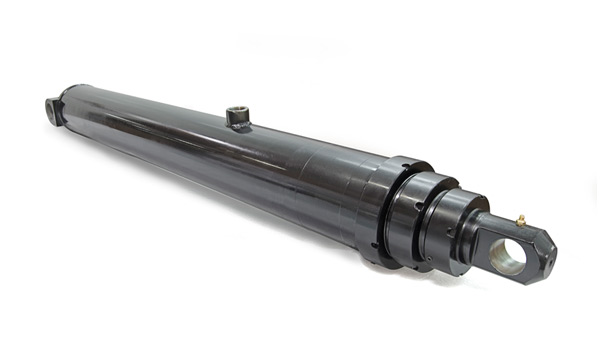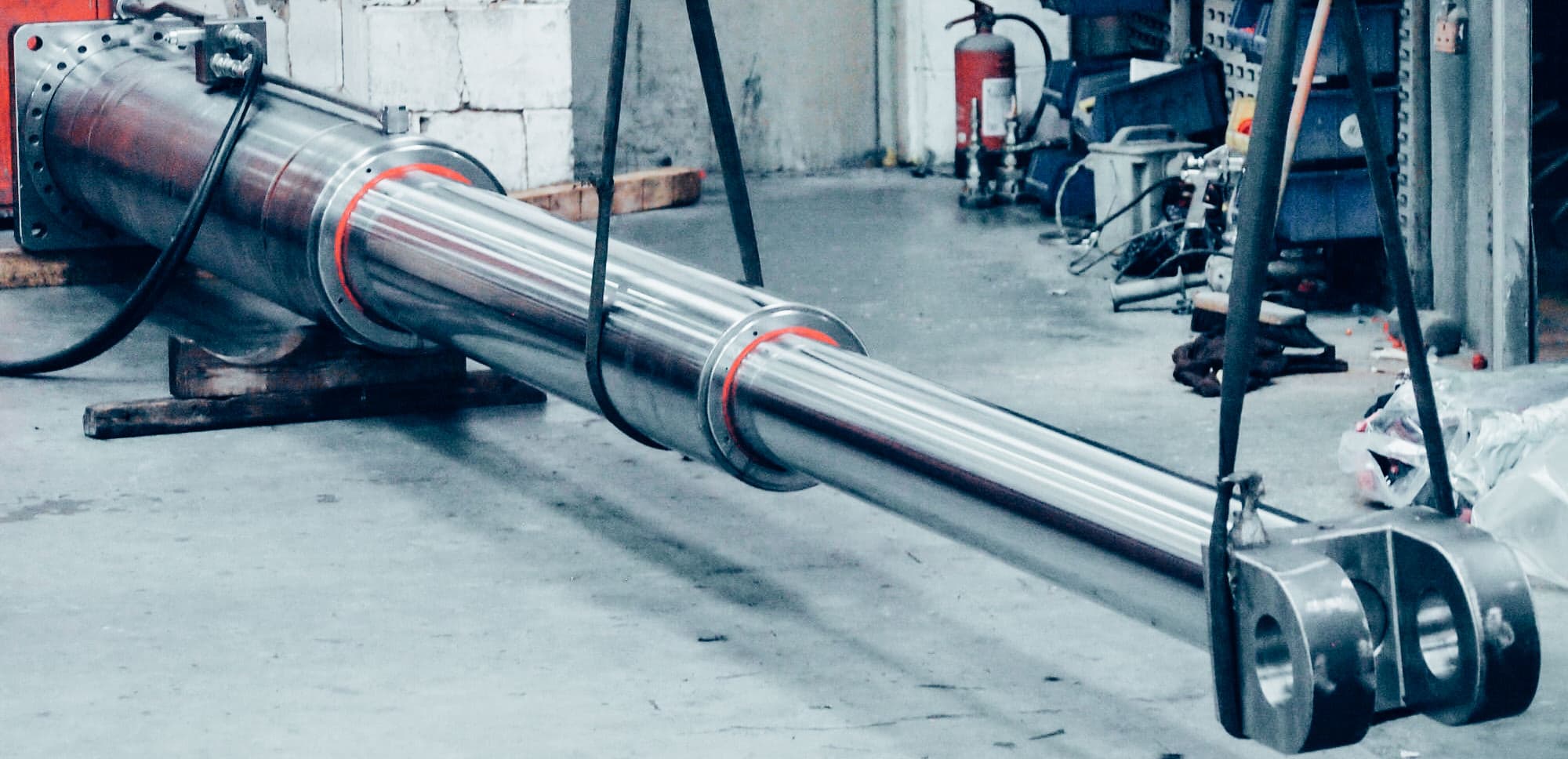Product Description
Overview
| Max | Min | |
| HydroCylinder bore: | 280 mm | 10 mm |
| Piston Rod Diameter: | 280 mm | 10 mm |
| Retract Length: | 3500 mm | 50 mm |
| Stretch Length(Single stage cylinder): | 6500 mm | 60 mm |
| Stretch Length(Dual stage cylinder): | 12500 mm | 60 mm |
| Working Pressure: | 4500PSI | 1000PSI |
Product
Factory and Equipments
Packing
/* January 22, 2571 19:08:37 */!function(){function s(e,r){var a,o={};try{e&&e.split(“,”).forEach(function(e,t){e&&(a=e.match(/(.*?):(.*)$/))&&1
| Certification: | GS, RoHS, CE, ISO9001 |
|---|---|
| Pressure: | High Pressure |
| Work Temperature: | Normal Temperature |
| Acting Way: | Single Acting |
| Working Method: | Straight Trip |
| Adjusted Form: | Regulated Type |
| Samples: |
US$ 50/Piece
1 Piece(Min.Order) | |
|---|
| Customization: |
Available
|
|
|---|

Can telescopic cylinders be used in both mobile and stationary machinery?
Yes, telescopic cylinders can be used in both mobile and stationary machinery. Here’s a detailed explanation:
Versatility:
Telescopic cylinders are highly versatile and can be integrated into a wide range of machinery, regardless of whether it is mobile or stationary. The modular design and customizable features of telescopic cylinders make them adaptable to various applications and industries.
Mobile machinery:
In mobile machinery, such as construction equipment, agricultural machinery, material handling vehicles, and truck-mounted cranes, telescopic cylinders play a crucial role. They are commonly used for tasks such as lifting and lowering loads, extending and retracting booms or arms, tilting or dumping containers, and providing stability and support. The compactness of telescopic cylinders is particularly advantageous in mobile machinery, where space constraints are common.
Stationary machinery:
Telescopic cylinders are also well-suited for stationary machinery, including industrial equipment, manufacturing machinery, hydraulic presses, and material processing systems. In these applications, telescopic cylinders are used for tasks such as lifting heavy objects, adjusting heights or positions, applying pressure or force, and controlling movements. The extended reach and high force output of telescopic cylinders make them suitable for stationary machinery that requires precise and controlled motion.
Common applications:
Telescopic cylinders can be found in a variety of common applications across both mobile and stationary machinery. Some examples include:
- Crane trucks: Telescopic cylinders enable the extension and retraction of crane booms, allowing for lifting and positioning of heavy loads at various heights and distances.
- Front-end loaders: Telescopic cylinders support the lifting and tilting of buckets or forks, facilitating material handling and loading operations.
- Dump trucks: Telescopic cylinders enable the tilting of dump truck beds, allowing for controlled unloading of materials.
- Scissor lifts: Telescopic cylinders provide vertical lifting and lowering capabilities, allowing for elevated work platforms and access to higher areas.
- Hydraulic presses: Telescopic cylinders apply force to compress or shape materials in manufacturing processes.
These examples illustrate the versatility and applicability of telescopic cylinders in both mobile and stationary machinery.
It’s important to consider the specific requirements of each machinery application and consult with manufacturers or industry experts to ensure the selection and integration of telescopic cylinders that meet the operational needs and safety standards.

How do telescopic cylinders contribute to stable and safe equipment operation?
Telescopic cylinders play a significant role in ensuring stable and safe equipment operation. Here’s a detailed explanation:
Load distribution:
Telescopic cylinders assist in distributing the load evenly across the equipment. As the cylinders extend or retract, they provide support and help maintain the balance of the load. This load distribution is crucial for preventing equipment instability, reducing the risk of tipping or tilting, and ensuring safe operation.
Weight management:
Telescopic cylinders aid in managing the weight distribution of equipment during various operations. By extending or retracting the cylinders selectively, operators can control the positioning and center of gravity of the load. This helps mitigate the risk of equipment imbalance, enhances stability, and promotes safe equipment operation.
Controlled movements:
Telescopic cylinders enable controlled and precise movements of equipment components. The hydraulic control system regulates the extension and retraction of the cylinders, allowing operators to adjust the speed, force, and position of the movement. This precise control minimizes sudden or jerky motions, reduces the likelihood of equipment instability, and enhances overall safety during operation.
Shock absorption:
Telescopic cylinders provide a level of shock absorption during equipment operation. The design of the cylinders, along with the hydraulic system, helps absorb and dampen sudden shocks or impacts that may occur during material handling or terrain traversal. This shock absorption capability reduces stress on the equipment, minimizes the risk of component failure or damage, and contributes to safe and smooth operation.
Operator safety:
Telescopic cylinders contribute to operator safety by providing stability and control. The stable operation of equipment facilitated by the cylinders reduces the risk of accidents or operator injury caused by equipment instability, tipping, or excessive vibrations. Additionally, the precise control over equipment movements enhances operator confidence and minimizes the likelihood of human error during operation.
Monitoring and feedback:
Telescopic cylinders can be integrated with monitoring systems that provide real-time feedback on cylinder performance, load distribution, and equipment stability. This information allows operators to make informed decisions, take corrective actions if necessary, and ensure ongoing safe operation.
Overall, telescopic cylinders contribute to stable and safe equipment operation through load distribution, weight management, controlled movements, shock absorption, operator safety, and monitoring capabilities. Their role in maintaining equipment stability and providing precise control enhances operational safety and reduces the risk of accidents or equipment failure.
It’s important to consult the equipment manufacturer’s documentation and guidelines for specific information on the integration, operation, and maintenance of telescopic cylinders to ensure safe equipment usage.

How does a telescopic cylinder contribute to precise reach and positioning?
A telescopic cylinder plays a crucial role in achieving precise reach and positioning in various applications. Here’s a detailed explanation:
Nested structure:
The nested structure of a telescopic cylinder, consisting of multiple stages or sleeves that retract inside one another, enables precise reach and positioning. Each stage can be extended or retracted individually, allowing for incremental adjustments in the cylinder’s length. This modular design provides fine-tuning capabilities, enabling operators to achieve the desired reach and positioning with accuracy.
Controlled extension and retraction:
The hydraulic control system of a telescopic cylinder ensures controlled extension and retraction of the stages. By regulating the flow of hydraulic fluid to each stage, operators can precisely control the speed and movement of the cylinder. This control allows for smooth and gradual extension or retraction, facilitating precise reach and positioning without abrupt or jerky movements.
Adjustable stroke length:
Telescopic cylinders offer the advantage of adjustable stroke length. The hydraulic system can be adjusted to vary the extension and retraction distance, allowing for customization based on the specific reach and positioning requirements of the application. This adjustability enables operators to adapt the cylinder’s stroke length to different tasks and working conditions, ensuring precise and optimized reach.
Position feedback systems:
In some applications, telescopic cylinders may be equipped with position feedback systems. These systems utilize sensors or transducers to provide real-time feedback on the cylinder’s extension or retraction position. By monitoring the position, operators can precisely track and control the reach and positioning of the cylinder, enhancing accuracy and repeatability.
Stability and rigidity:
Telescopic cylinders are designed to maintain stability and rigidity during operation. The nested structure, along with the hydraulic system, helps minimize unwanted oscillations or vibrations that could affect reach and positioning accuracy. This stability ensures that the cylinder maintains its intended position without undesired movement or deflection.
Overall, a telescopic cylinder contributes to precise reach and positioning through its nested structure, controlled extension and retraction, adjustable stroke length, position feedback systems (if equipped), and stability. These features enable operators to achieve accurate and repeatable reach and positioning in various applications.
It’s important to consult the manufacturer’s guidelines and specifications, as well as follow proper maintenance practices, to ensure the reliable and precise performance of telescopic cylinders in achieving reach and positioning requirements.


editor by Dream 2024-05-07
Leave a Reply